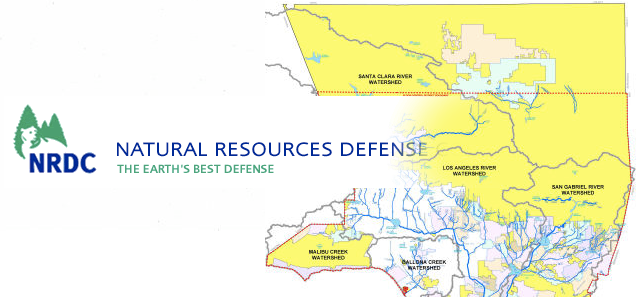
Tomorrow, the Supreme Court will hear a lawsuit against the Los Angeles County Flood District (LACFD) by two environmental agencies, the National Resources Defense Council (NRDC) and Los Angeles Waterkeeper, also known as the Santa Monica Baykeeper. Against the advice of Solicitor General Donald Verrilli, this will be the second controversial case to take up the Clean Water Act.
NRDC won a case in the 9th Circuit—currently seen as liberal with environmental issues—which held LACFD liable for the discharge of polluted stormwater into the Los Angeles and San Gabriel rivers, the former which leads to the Angeles Harbor and the latter which leads to Alamitos Bay, both in Long Beach. In October of last year, the LACFD filed their petition for a writ of certiorari, a formal filing to the Supreme Court by losing parties to have their cases heard.
The flood district—a state legislature-created body which protects residents from regional flooding—feels that the “simple act of ushering stormwater from cities” does not constitute a “point source,” or a place which creates and fosters polluted water. The district’s lawyers contend that LACFD cannot be held responsible for pollutants which originate from other places and happen to pass through the sections it oversees.
In other words, the LACFD feels the NRDC is confusing the creation of polluted waters with the conveyance of polluted water, bringing forth the question: is the “discharge” clause within the Clean Water Act synonymous with the “transfer of water,” the main duty of the LACFD?
A previous 2004 Supreme Court ruling—South Florida Water Management District v. Miccosukee Tribe of Indians—stated a transfer does not constitute a discharge.
The district’s lawyers also feel there is a lack of oversight, with the archaic Flood Control Act of 1915 dismissing the LACFD’s power to require the county’s 85 cities and 140 unincorporated communities to treat its stormwater themselves.
The implications of the ruling are massive. Should the court hold up the 9th Circuit’s decision, the amount of costs would require an entire overhaul of the current flood system in order to treat the amount of water it diverts. Even further, it would affect nearly every public entity which sits next to a river and controls that said river’s flood problem in one way or another.

